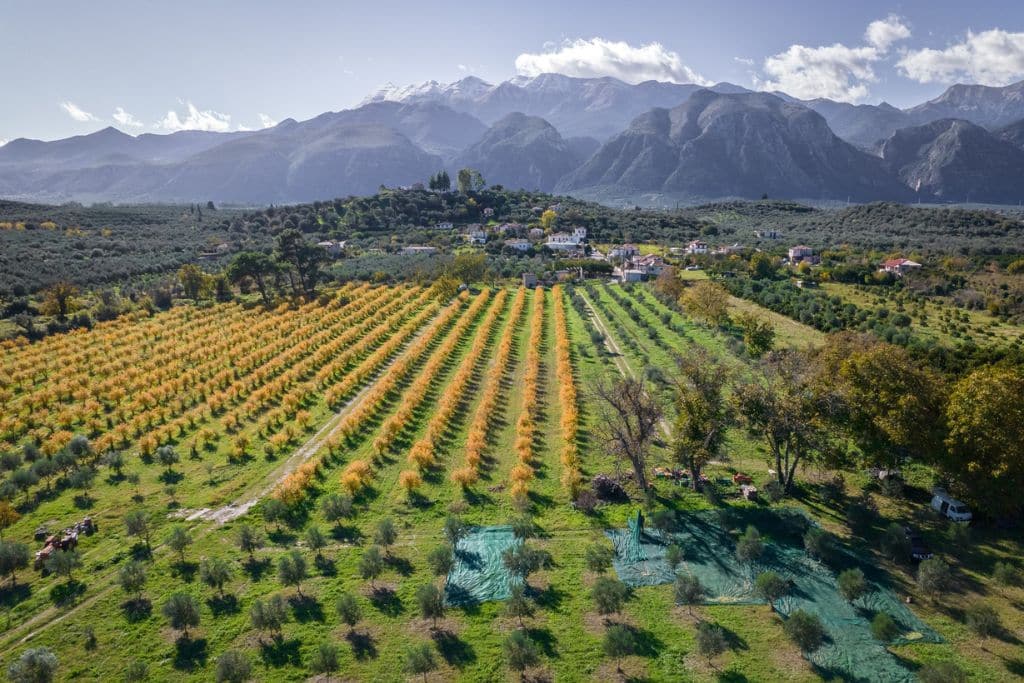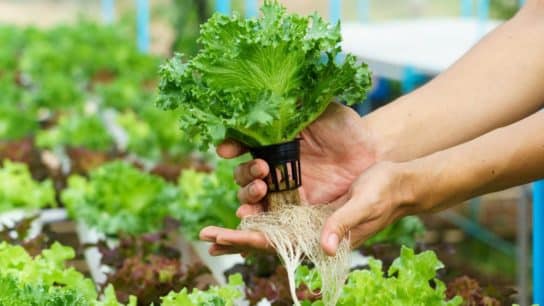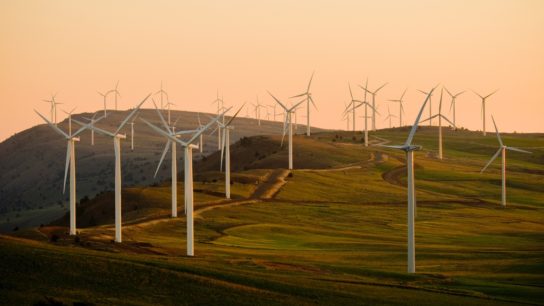The world’s hottest year on record may also mark the beginning of the end for carbon-intensive, conventional farming. Several factors have converged to bring regenerative practices into the mainstream, while a new study demonstrates that farmers can produce just as much food while improving land productivity by transitioning away from conventional practices.
—
Regenerative farming first hit headlines as part of “living systems thinking” in the 1960s, later gaining interest among health-conscious foodies when the concept was popularized by food author Michael Pollan. Today, techniques such as cover-cropping and integrated pest management are being embraced not only by environmental activists but also by multinational food companies. The difference is that now, this approach is celebrated for its practical effectiveness in maintaining a consistent food supply in an era of climate change-driven supply shocks.
What Is Regenerative Agriculture?
Regenerative agriculture has its roots in Indigenous agricultural traditions, according to Heidi Yu Spurrell, Founder of regenerative agriculture consultant Future Green Global. “Conventional agriculture systems are focused on economies of scale and maximizing calories, while regen is focused on maximising nutrition and public health,” she told Earth.Org.
Techniques used for regenerative agriculture include cover cropping, where another crop such as a legume is planted between the rows of the main crop, to add nutrients to the soil and reduce the need for synthetic fertilizers. Reducing tillage is also important.
“[Conventional agriculture] is the opposite of a forest floor, which is always vibrant and resilient. You don’t want to leave soil uncovered to get washed away by the flood or blown away by the wind. Tillage is losing the top soil, with its water storage. Instead, you’re stacking your nutrients, leaving a living root system,” Anastasia Volkova, CEO and Co-Founder of Regrow Ag, told Earth.Org. The company works with food and agribusiness giants such as Cargill and Oatly to power their insights on these areas.
Cover cropping is in turn part of what specialists call enhanced fertilization. When speaking about enhanced fertilization, “We use four-R nutrient stewardship to help farmers design their fertilization plan: the right source, the right quantity, the right amount, in the right place,” explained Bianca Dendena, a Senior Project Manager at PUR, a nature-based solution project implementer.
Other practices include interventions aimed at improving water efficiency and integrated pest management, where farmers use methods such as moth pheromones as an alternative to conventional pesticides.
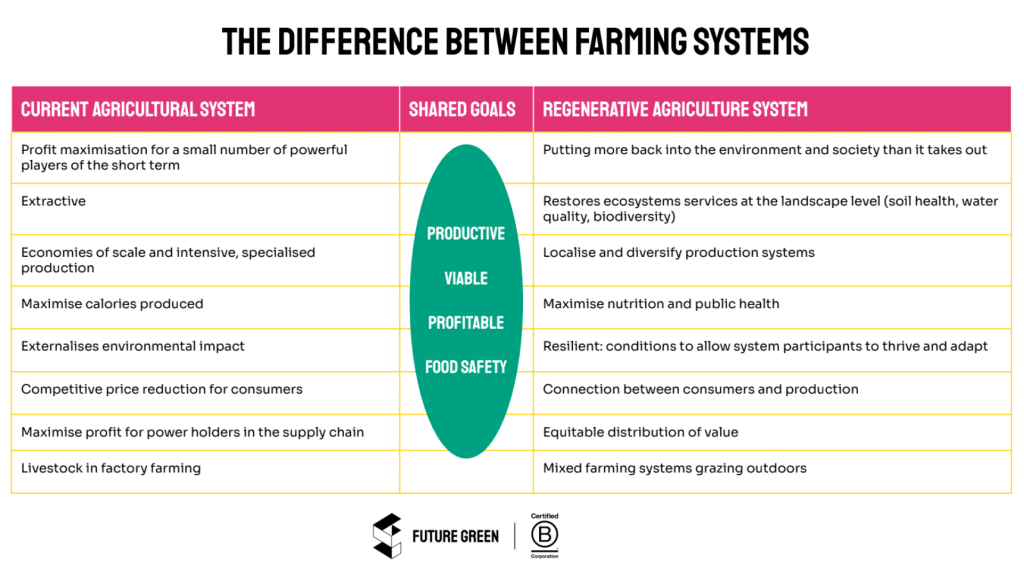
Regenerative Agriculture Goes Mainstream
From their grassroots origins, these approaches are now showing their effectiveness when adopted at a large scale. A study by the European Alliance for Regenerative Agriculture (EARA) benchmarked 78 regenerating farms in 14 countries covering over 7,000 hectares against their neighbouring and national average conventional farmers. It found that by transitioning to regenerative agriculture, European farmers can produce the same amount of food with fewer inputs compared to average conventional practices.
The study, published last month, determined that from 2020 to 2023, pioneering regenerating farmers achieved, on average, just 1% lower yields in terms of kilocalories and proteins, while using 62% less synthetic nitrogen fertilizer and 76% less pesticides (grams per active substance) per hectare. In total, from 2020 to 2023, they delivered over 27% higher “Regenerating Full Productivity” than the average European farmer, with gains ranging from 24% to 38% across the 14 countries studied.
“The Green Revolution can be put to the dustbin of history,” said Simon Krämer, Executive Director of EARA and lead author of the study. “The 4th agricultural revolution is here, led by farmers joining forces with nature, relearning ancient wisdom and holistic worldviews, combined with the newest science and autonomy-enhancing technology.”
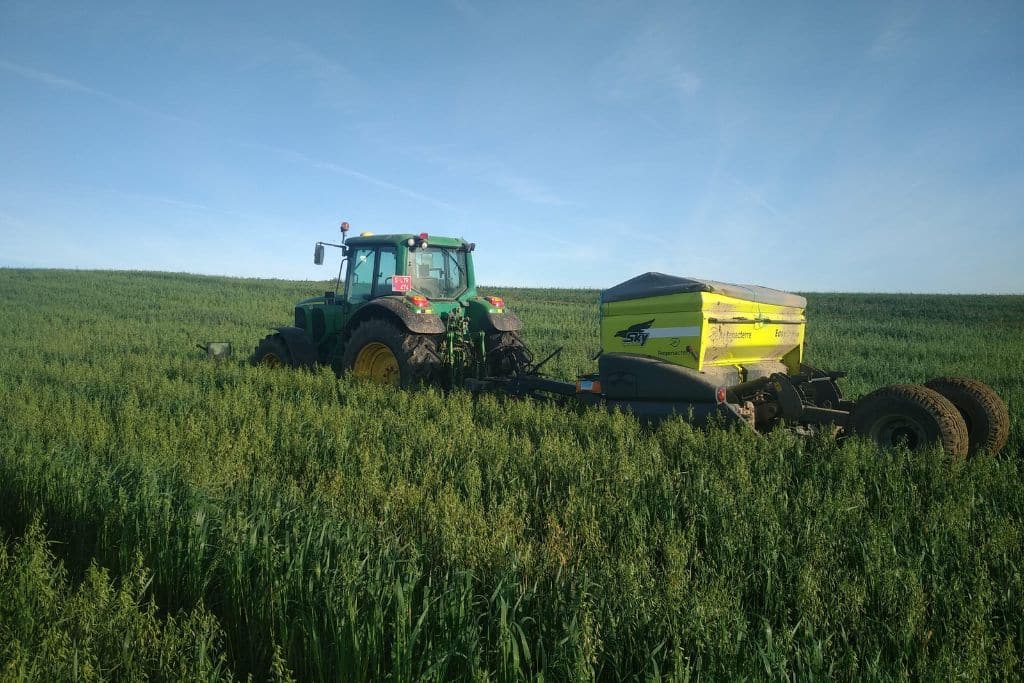
Meanwhile, international food companies are now making increasing demands on farmers to adopt regen practices. “The impetus to do this is coming from downstream,” Peter Bracher, who owns a regenerative rice farm in Thailand, told Earth.Org. “We were asked by one of the biggest Asian retailers, whose CEO wanted to do low carbon rice but wanted a robust claim, and a major US ingredients manufacturer wanted regenerative farming of cassava.”
What Is Driving Adoption?
According to an analysis by the European Commission, climate change will have a decisive impact on agricultural yields: forced by the projected changes in daily temperature, precipitation, wind, relative humidity, and global radiation, grain maize yields in the EU will decline between 1% and 22%. In addition, wheat yields in Southern Europe are expected to decrease by up to 49%.
For this reason, food and agribusiness enterprises are taking a closer look at techniques that can maintain more consistent agricultural outputs. Farmers got an unpleasant sneak preview of this future when the double disruptions of Covid-19 and the war in Ukraine hit supply chains.
“The supply chain experienced what it is like to not have access to proximity. The same thing is happening as climate change hits,” Volkova told Earth.Org.
The financial impact of supply disruption can mean billions in investment lost, for agribusiness giants and for smaller farmers alike. “So the agriculture and food industry started investing in regenerative agriculture to fortify their supply chains. And farmers wanted a system that would be more self-sustained and more profitable,” she said.
At the same time, increased sophistication on the supply side is making it easier for companies to demand regenerative agriculture practices from their suppliers. According to Dendena, “we are getting better at acknowledging the impact that greenhouse gas emissions have on the environment and what role companies have in reducing them. Higher awareness among consumers and companies has raised the bar in terms of active engagement.”
Many farmers in Asia look to regenerative agriculture as a tool to maximize profits. “When I spoke with farmers I heard about nothing but debt, grinding debt: they borrow for the seeds, the contractors, the labor, 25% compounded interest,” said Bracher. “The goal is to demonstrate that this is a financially better model for farming.”
You might also like: Climate-Smart Agriculture: Adapting Farming Practices to a Changing Climate
The Future of Farming?
Several new techniques are currently in development that will further enhance opportunities.
One area is the innovative use of insects. Insect Biotech, a start-up in this area, uses black soldier fly larvae to convert olive waste from a mill to a protein for a regenerative soil amendment fertilizer. This can be used to replace fishmeal and other unsustainable animal feed, since chitin is an excellent soil health enabler. “You’re dumping a whole load of microbiology into the soil and stimulating the plants’ immune system. The insect business is an enabler for regenerative agriculture,” Tobias Webb, the company’s Co-Founder and Chief Sustainability Officer, told Earth.Org.
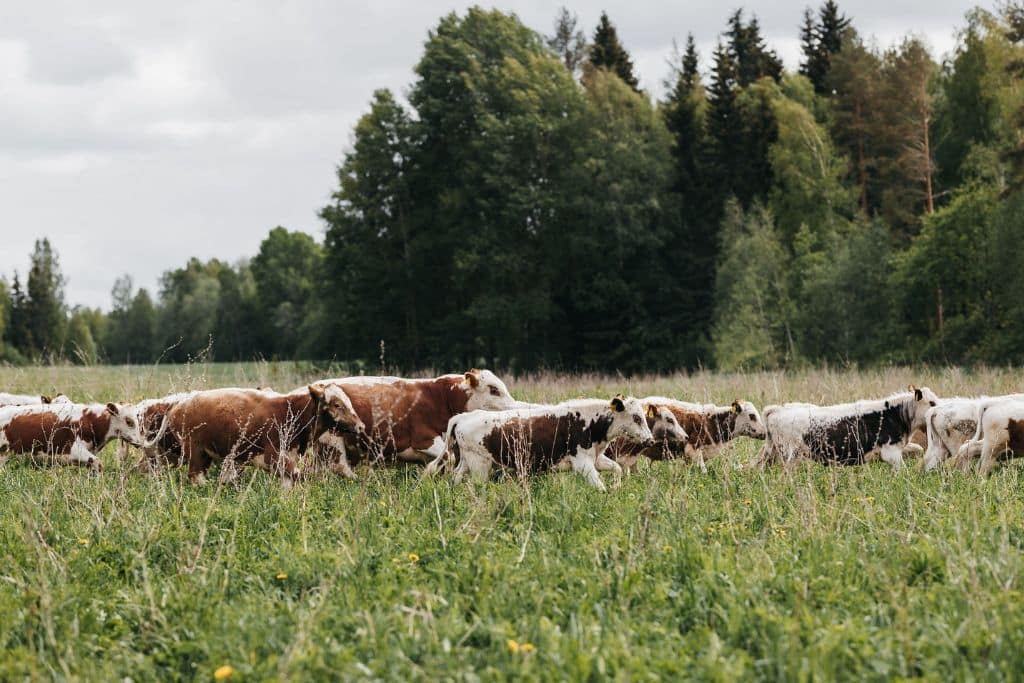
But regenerative practices still face major challenges. Among them is farmers’ reluctance to adopt new systems. “We have experienced this from Turkiye to Canada, that farmers don’t want to bear the risk of changing something at their own expense. But this is gradually changing, as they are really experiencing the higher impact of climate change on their production year after year,” said Dendena.
Additionally, while most experts agree that monitoring and verification is important, there is not yet a single globally recognized certification system for regenerative practices. The EU Carbon Removals and Carbon Farming Regulation, published in late 2024, created the first EU-wide voluntary framework for certifying carbon removals; in the US, the Regenerative Organic Alliance combines certification for both organic and regenerative farming; and in Australia, Global GreenTag offers a “Nature Positive” certification.
“Certification is a bridge that builds trust between the manufacturer and the market, the manufacturer and the customer,” said David Baggs, CEO of Global GreenTag. “But Life Cycle Analysis and product declarations are much more complex than other forms. To take the Nature Positive example, you need to measure ecosystem services. Can you give me a Life Cycle Analysis for a tree?”
While many multinational agribusinesses in Europe, along with some North America and Asia, are embracing regenerative agriculture, some smaller farmers are expected to struggle with the transition. Recent US legislation will further widen the gap, increasing funding to large-scale agriculture commodity support programs by $52 billion.
Still, experts agree that the practical benefits outweigh the risks. “From the farmers’ perspective, what they can expect is higher resilience for what will come. We are dealing with a greater impact of climate change, and farmers are experiencing very high fluctuations in market prices. Giving them the tools to go that direction will make them stronger to cope with these challenges. And from the consumers’ side, we are going to have better, higher quality produce,” said Dendena.
“I am optimistic. We can get there, but only if everyone takes their own responsibility.”
Featured image: European Alliance for Regenerative Agriculture (EARA).
This story is funded by readers like you
Our non-profit newsroom provides climate coverage free of charge and advertising. Your one-off or monthly donations play a crucial role in supporting our operations, expanding our reach, and maintaining our editorial independence.
About EO | Mission Statement | Impact & Reach | Write for us

